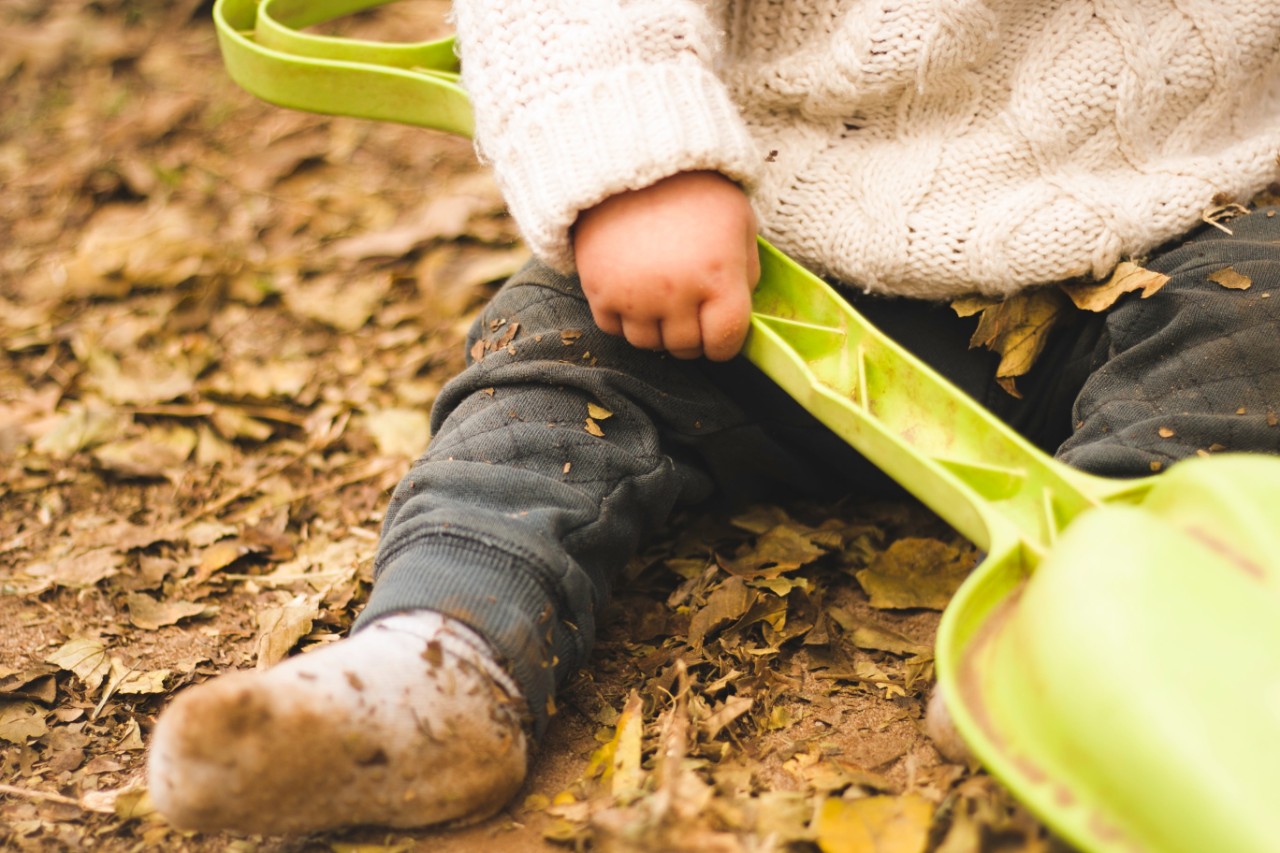Baby’s development: Months 3 and 4 Month
Babies reach key milestones at similar times. At three or four months, most babies are becoming increasingly independent and recognise mum and dad.

Development steps in the 3rd quarter Month
- Head up: Lying on his back, your baby can hold his head off the floor for a few minutes. On his stomach, he may be able to lift his head and shoulders off the floor. Encourage these mini push-ups by dangling toys in front of him.
- Improved arm, hand and leg coordination: Your baby can now wave and kick. He can also bring his hands together and open his fingers, although he’ll probably still hit out at moving objects with clenched fists. You can encourage the development of hand coordination by holding out toys to your child until he grabs for them.
- Sleeping habits: Children have totally different sleep patterns. For most babies, sleeping habits settle in the 3rd or 4th month. month. Some manage to sleep through the night, waking only occasionally to eat. But some find it more difficult to sleep throughout the night.
- Recognising mum and dad: Your baby will feel a close connection to you now and will recognise your face with ease. He may still smile at anyone, but he can differentiate between people now and will have favourites.
- The part of the brain responsible for hand-eye coordination (parietal lobe) is now developing rapidly. The temporal lobe, which is actively involved in hearing, speaking and smelling, is also becoming more active and receptive to outside influences. If your baby hears your voice now, he’ll turn directly towards you and gurgle or make other sounds.
- Early language development: It’s in this phase that your baby becomes aware of the significance of language. When you talk to him, he saves the information in his fast-growing memory. If the parents are bilingual, each parent should speak to him in their own native language.
- Sense of touch and physical contact: Your baby's sense of touch is becoming increasingly refined. You can encourage this development by giving him different materials. When you touch, carry and massage your child, he relaxes and develops an awareness of his body. Physical contact also strengthens the bond between you and your child. Your midwife will be happy to show you how a baby massage works.
- Interaction: Your baby is continuously taking stock of the world around him. He is now more communicative with other people and shows increasing willingness to interact with them.
Development steps in the 4th quarter Month
- Breastfeeding: The World Health Organisation (WHO) recommends breastfeeding exclusively for the first six months. As your child responds more and more to the world around him, it makes breastfeeding more difficult, because he’s more easily distracted. Try to find a quiet place for breastfeeding.
- Turning over: While lying on his stomach, your baby is starting to lift his head and shoulders off the floor by pushing himself up with his arms. Maybe he can even turn over from his back to his tummy and vice versa. Celebrate this achievement with your baby – she needs your reassurance, particularly when she does something she’s not completely sure about.
- Stretching and grabbing: Your baby can now stretch and reach for objects he wants. As soon as he has an object in his small fist, he’ll look at it for a moment and then put it in his mouth. Encourage your baby to discover and play with different things, for example cloth nappies, rattles or a bell tied to string. She will discover cause and effect by crumpling and releasing the material or by pulling on the string attached to the bell. To prevent choking, don’t let him play with small objects.
- Teething: Maybe your baby is starting to dribble more. For some, teething begins now, although the first teeth do not appear until after 6 months. month show. To soothe the pain, babies often suck on their fists. Some babies get a high temperature, suffer from diarrhoea and/or sleep badly while they’re teething.
- Independent play: At four months, many babies are happy to play alone for a few minutes. If you notice it’s suddenly gone quiet, you’ll probably find your baby playing happily with his hands and feet.
- Colour preferences: Although babies can see from birth, they have difficulties initially in differentiating between similar shades, e.g. red and orange. This is why they initially prefer black and white or other strongly contrasting colours. From the 2th Your child will recognize color differences more clearly from the age of one month. Red, blue and green mobiles, bright pictures and expressive picture books are sure to catch his eye.
- More selective with people: From the age of 4. From 4 months, your baby will respond to your presence, voice and gestures by kicking his legs and waving his arms. Up to now, he’s probably greeted everyone with a smile, but he’s getting a bit pickier now. Give him time to get used to strangers, such as the babysitter.


